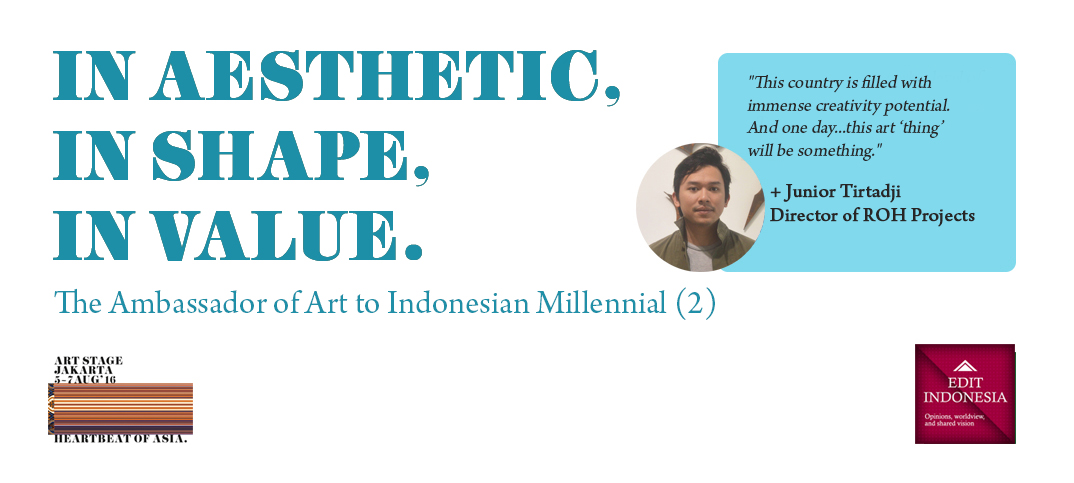
(Business Lounge Journal – Edit Indonesia) Junior Tirtadji cuts a relaxed figure in his seat. On a table near him, a recently emptied coffee cup and a still-smoking ashtray. With a calm demeanor and appearance that should belong to a lecturer, he’s a man that you’ll rarely expect in Indonesia, for a man of his age. Junior, Jun to his friends, is a director of ROH Project gallery, and maybe, one of the youngest in Indonesia.
Young art collectors abroad such as Sharmin Parameswaran, Adrian Cheng, Emma Hall or Robbie Antonio, are making a wave with a collection that include the works of the famous Andy Warhol, Joseph Beuys, Takashi Murakami, and more. In Indonesia, where art is plenty but still somewhat lacks in appreciation, Jun decided to make his own way.
“My family collects art, so I’m always surrounded by art…It took a whole different meaning for me because I studied philosophy; that is actually help me see a more intellectual and cognitive component of art.”
ROH stands as a testament of Jun’s passion for art, Indonesian art in particular. A wide range of collection from Indonesian artist such as Rendy Raka Pramudya, Bagus Pandega, Syagini, and more has graced ROH’s white wall, illuminated by luminous lamps and sun rays that penetrated ROH’s enormous glass window, which also provide you with the view to the busy SCBD district, probably what makes this place special.
“ROH projects is a platform for contemporary artist. I don’t like to say that ROH is an emerging artists’ gallery, but I suppose it’s a gallery that focuses on more conceptual and cognitive artistic practices.”
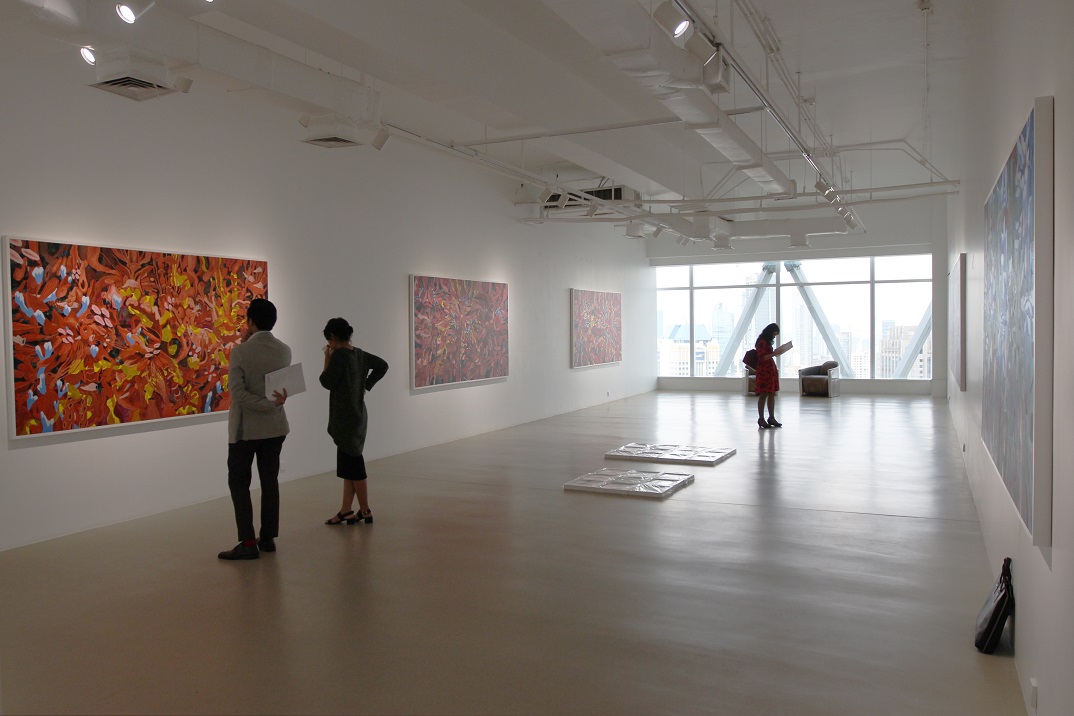
A platform for art in Indonesia is a blessing rarely heard of, as the situation and state of art in Indonesia is still full with complications. Being a developing nation, Indonesia still lacks the necessary facility and corridor for practicing; so artists were pushed to be more creative.
“All these conundrum and issues that we face in Indonesia sort of pushes us to be creative. Every single way. That’s what makes it a ‘beautiful mess’. But the distinction between that and ‘mess’ is thin. So what ROH is trying to do, is to take that ‘mess’ part and turn it into a ‘beautiful mess’.”
But when asked if ROH is trying to “establish order” in what appear as a messy environment, Jun disagree.
“What we’re trying to do is not to create ‘order’. But ‘structure’. More refined. It’s not a structure that is cold or sterile. But it’s a structure, which also a paradoxical, you see, it’s also…a family. Structure, as well as relationship”
“What we’re doing is (also) like investment banking, it’s all about trust. Trust goes far-reaching to a lot of different things. Relationship with the artists, that’s first thing, foremost. When we say something, it meant something to them, when they say something, it meant something to us. And the same goes with us and the rest of the ‘stakeholders’, such as the curators, art critics, journalists, and collectors.”
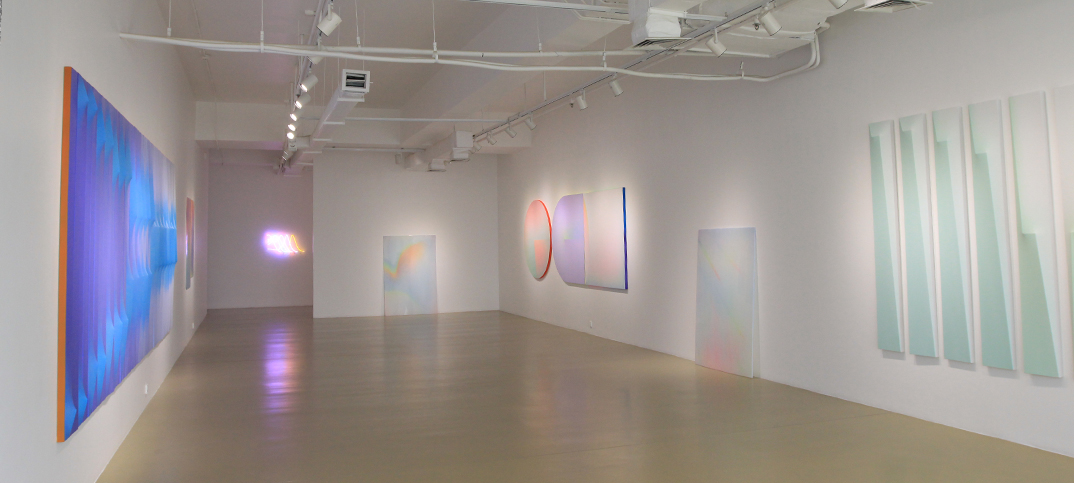
Having a penchant for the concept of “creative capital”, defined as the capacity of a person, family or community to imagine and express new possibilities through creative activity, Jun explained in length about the difference between art environment in Indonesia and a developed nations. And why “creative capital” is a positive impact for a development of a nation.
“I’ll give you an example: Japan and Korea, which are already established (in terms of art), and China, which is growing. There’s a lot of support that comes from a government. They feel it’s necessary to develop their country not only in terms of economic capital, but also as a creative capital. There’s a research paper on the correlation between how country become more developed, while having a healthy contemporary art infrastructure.”
“Developed countries have good infrastructure and funding to support their artists. Studios, scholarship, all that matter. But on the other hand, we have countries like Singapore which have all of those. And yet, very few artists, very few breakthrough in art. Why? Because again, in contemporary art, there must be always two sides. One is structure, the other is family.”
With the upcoming Art fairs in Indonesia such as the Art Stage Jakarta, we can only wonder, if art is really finally making a break in Indonesia? Will a career path in art finally get widely accepted, especially by the middle class people?
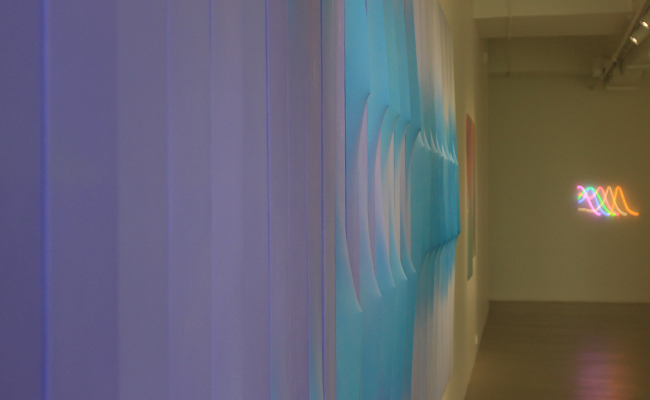

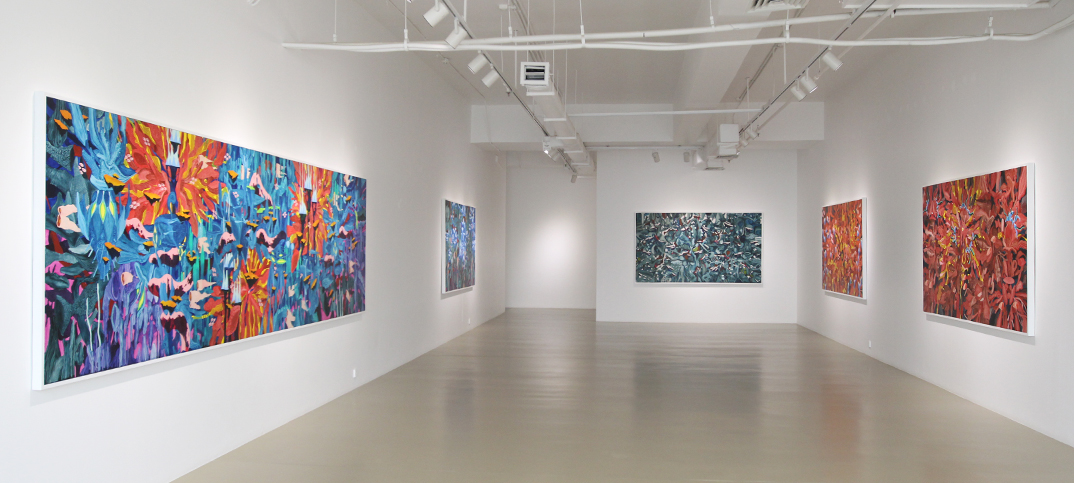
“What is crucial right now, the artists are not (very) aware with the realities. Especially on how the industry works; art markets, galleries, everything. Honestly, If I meet a high school-graduate kid who wish to enrol in art major, I would encourage that kid to understand the reality first, and also, about whether there will be a career path for this life choice of his later on…How can I say that when I’m in a gallery world? I’m telling you because I’ve lived through it…Honestly you can’t be oblivious these days, you have to be aware.”
Also according to Jun, the only way for art to be appreciated is only through education, not in school, but universities, where according to him would have a greater impact in society.
“I know I seem sceptical, but I want to balance that negativity with this…Indonesia is a big country. We are a country of 250 million people, filled with intelligent people everywhere. This country is filled with immense creativity potential. And one day…this art ‘thing’ will be something. But for now, we need to build a community of like-minded people who understand the importance of creative capital.”
Michael Judah Sumbayak adalah pengajar di Vibiz LearningCenter (VbLC) untuk entrepreneurship dan branding. Seorang penggemar jas dan kopi hitam. Follow instagram nya di @michaeljudahsumbek

